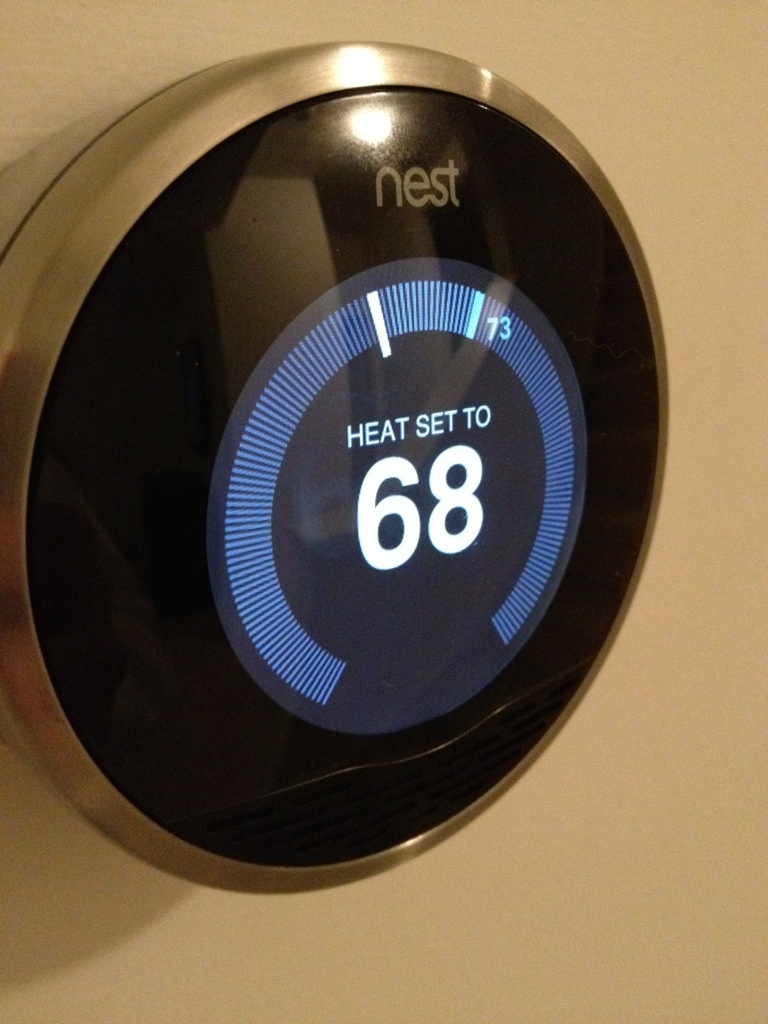The Winter-Proof Prep For Your Home Security

Extreme weather conditions can cause a world of problems for those who aren’t prepared to cope with what it brings. Severe cold weather can strip our homes of their ability to keep us warm and safe from the elements, especially when it isn’t properly weatherized and equipped with plenty of supplies and insulation But subzero temperatures aren’t only effective and dropping the mercury in your thermometer – it can also severely reduce how effective you can defend your home against burglars and predators.
While it might not be obvious at first, freezing temperatures can alter our daily routines in ways that drastically reduces our safety. For example:
Given these problems, how can we reduce the probability that winter will get in the way of being able to defend ourselves from those who’d rather prey than prep?
To nip the most obvious way that winter weather can expose your home, which is due to broken or damaged windows and doors, applying some minor upgrades and putting on the elbow grease can go a long way.
Technologies such as home security equipment can help you realize when an entry to your home is compromised whether by a burglar or mother nature − but for when physical resistance is more important than mere detection, these improvements are fundamental ways to limit how your home can be accessed for when you’re not available to defend it yourself.
While windows can be boarded for a quick and foolproof solution, this also reduces sunlight exposure and natural lighting – both of which are commodities in freezing temperatures and power outage situations. Instead, apply shatterproof window films to windows (or install more sturdy theft-proof varieties if your budget allows it.) However, applying films in advance of the winter season is crucial since window films installed within three days of freezing temperatures can cause the adhesive in it to crystallize.
Doors are even more problematic than windows during cold weather. Cold weather can interfere with the function of electronic locks (such as garage doors). It makes more standard locking mechanisms brittle and weaker to brute force entry. In fact, many burglars use compressed air in warmer seasons to make these locks easier to smash open. It can also freeze your doors shut, especially given that we tend to insulate our doors extra tight during these seasons. Without airflow from outside, doors tend to freeze over more readily.
To take care of freezing doors and locks, apply WD-40 along the edges of these entrances to discourage moisture from developing and freezing up throughout the day. Taking care to apply WD-40 to any locks on your doors and gates which are susceptible to breakage will also make them more reliable against lock picking or bumping since finding a grip becomes far harder.
One of the greatest risks presented by long-term blizzard conditions is that power outages can render many of your security measures – such as electrical equipment – useless when not equipped with an auxiliary generator. If you have the funds and means to support this kind of system during long conditions, the following steps can still assist your home safety precautions.
Focus first on your fencing and gated entrances. Fortunately, winter can make this first barrier to your house more difficult to scale depending on the materials and construction of your home. Metal, vinyl, and PVC-treated wood fences become slicker with freezing temperatures, though be warned that they can also crack and become brittle if you don’t apply protective coatings. If your fence stands several feet high and is gated with a locking mechanism, your property instantly becomes less tantalizing to predators.
The next way you can deter crooks from your property is by maintaining it and keeping it well lit. A house which is buried in snow appears more viable to criminals, since this either indicates your home is unoccupied or inadequately geared (and therefore more vulnerable.) While spending the effort to plow your yard might seem trivial as warmth becomes scarce, attempt to at least clear paths, windows, and entrances during peak hours of warmth to provide your property a presence.
If you have a renewable auxiliary generator for your outdoor lighting, motion sensing floodlights can be your solution for keeping your home lit. With smart home technology such as SafeMart’s LiveWatch, it can be easy to program your lighting to an automatic schedule.
But if a power source is not available, this can be far more difficult to sustain – but an effort should be made when possible. Oil lanterns, rechargeable flashlights, and campfire locations are all great ways to keep your property lit. However, always take caution with fire safety and know the risks of dangerous gasses that fire can create in enclosed spaces.
Frank Mccourt graduated with a degree in finance. Since graduating, he has worked in a variety of financial situations helping people from all walks of life consolidate their debt.
